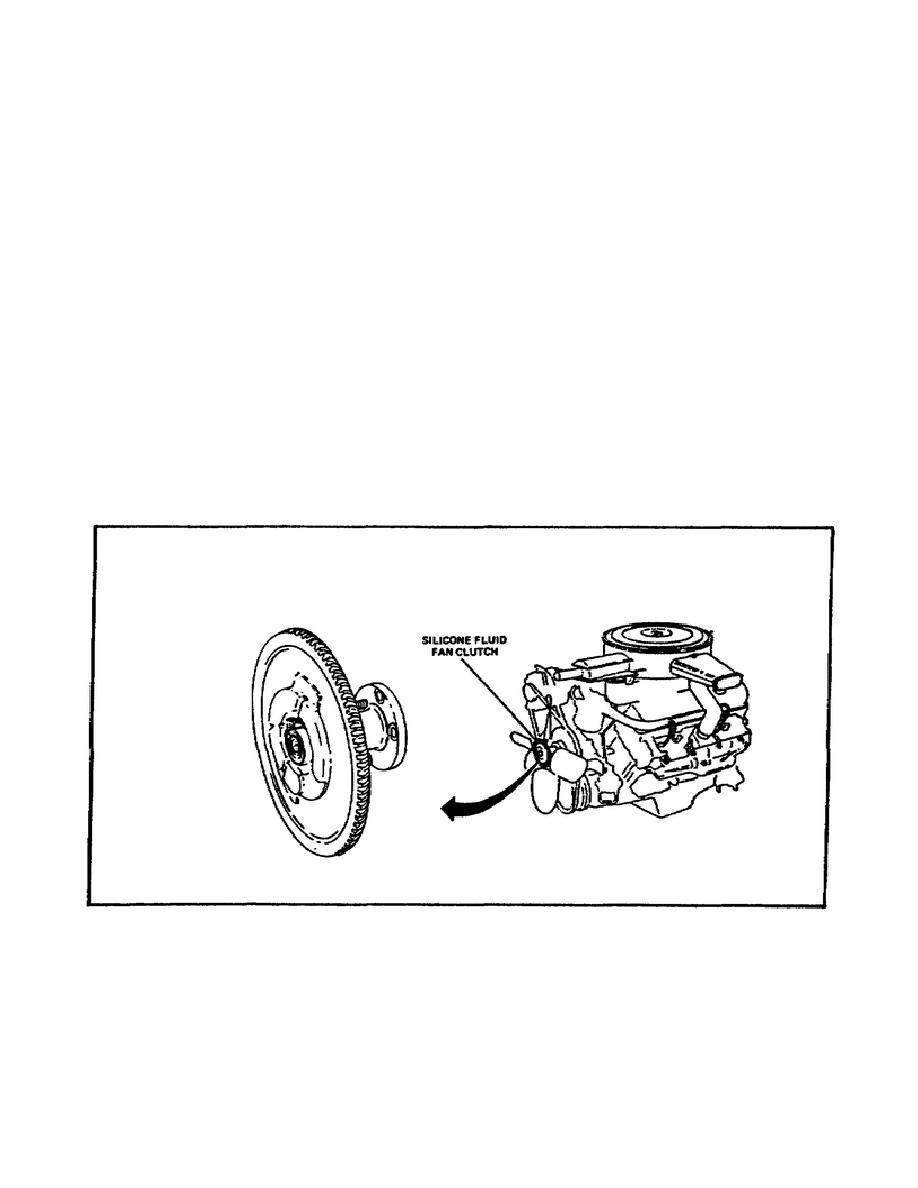
PRIN. OF INTERNAL COMBUSTION ENGINES - OD1619 LESSON 2/TASK 3
works in an enclosure called a shroud to ensure maximum efficiency of the fan.
There are two methods of driving a fan. One method is to attach it to the end of
the water pump shaft. The other method, becoming increasingly popular, is to use
an electric motor.
(1) Thermostatically Controlled Engine-Driven Fan.
Some vehicles are equipped
with a seven-blade fan, particularly those for heavy-duty use or those with air
conditioning.
This fan configuration will move tremendous amounts of air through
the radiator to provide extra cooling capacity. The problem with a high-capacity
fan is that it can cause the radiator core to freeze in cold weather.
Other
problems associated with a high output fan are excessive power consumption and
noise at highway speeds.
Most seven-blade fans are driven by the water pump
through a viscous (fluid) clutch (figure 67) to correct these conditions. The fan
clutch is designed to limit the fan speed based on the temperature of the air drawn
through the radiator.
The clutch will provide controlled slippage if the
temperature of this air is below a preset minimum. A fan clutch also will control
the noise and the power consumption of the fan by limiting its speed to a preset
maximum.
(2) Electrically Motorized Fan (figure 68 on the following page).
The
electrically motorized fan is gaining popularity in automotive use. In the newer
FIGURE 67.
VISCOUS FAN CLUTCH.
86




 Previous Page
Previous Page
